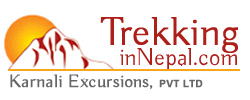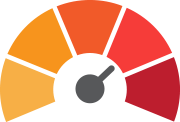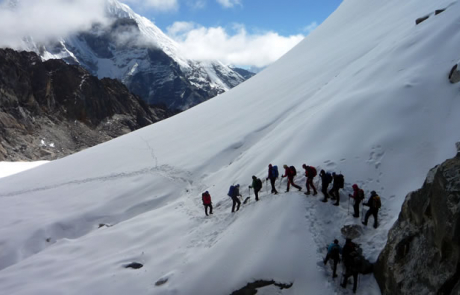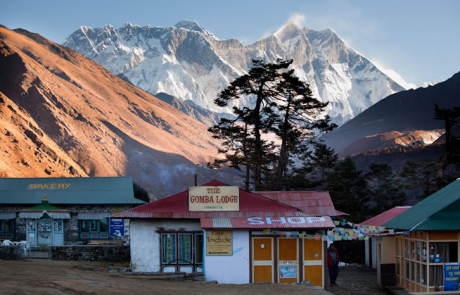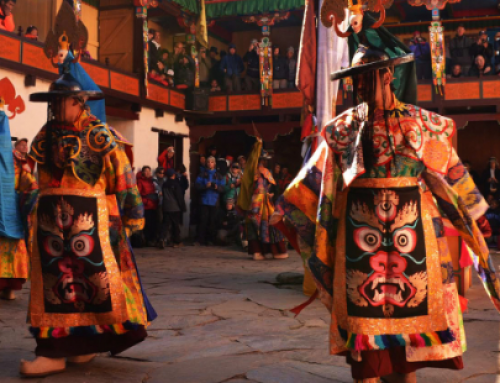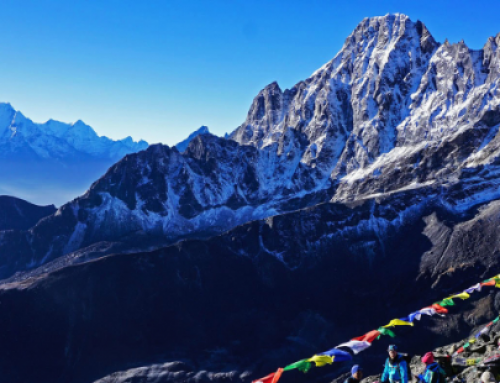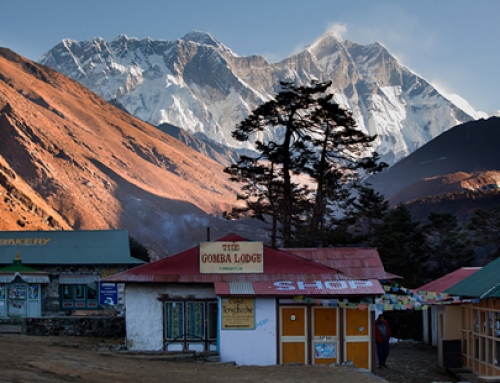Project Description
HIGHLIGHTS
-
Magnificent views of some of the highest mountains peaks of the world including Mt. Everest, Cho Oyo, Lhotse, Makalu and Ama Dablam from the top of the high passes and view points
-
Explore the sacred lakes and hidden valleys, Gokyo, Thame and Chhukung
-
Guided sightseeing of the World UNESCO Heritage sites of Kathmandu
For the fit trekker with enough time, the most interesting approach to Everest Base Camp is via the Renjo La. This is a small pass that links the Bhote Kosi valley with the Gokyo valley, the valley of sacred lakes.
In early 1950 an Everest training and reconnaissance expedition, led by British John Jackson and supported by local Sherpas, were tracking a snow leopard that had attacked their yaks the previous evening. The snow leopard led them up a hill, past a small lake and through a gap in the rocky peaks, a route even unknown to the local Sherpa people. Originally named, ‘The Pass of the Snow Leopard’, it was later changed by the Japanese to the Renjo La.
The Bhote Kosi valley, also known as the Thame valley, is the main trail leading to Tibet. At both the beginning and the end of the season caravans of yaks carrying heavy loads, and decorated with brightly plaited manes and tails, can be seen going up and down the valley lead by their wild-looking Tibetan herders heading either into Namche Bazaar or home via the Nangpa La.
A stay in Thame offers you an opportunity to visit the home of the famous Tenzing Norbu Sherpa, the first climber to scale Everest along with Ed Hillary, Thame is also the home of Appa Sherpa who has successfully climbed Everest the most number of times. One can also visit the tiny monastery perched high on the hillside. This monastery is still very much as it was originally built several centuries ago.
The serenity and mountain vistas experienced at the Gokyo Lakes combined with the breath taking views from Gokyo Ri, are unique and mesmerizing, many consider this vantage point to give the best views of Everest. Hindu followers believe that it is here in these sacred lakes where mother Parvati, beloved consort of Lord Shiva, used to take holy bath to transform herself from Kali to Gauri after slaying demons. Thus, it is believed that even touching or sprinkling water of any of these lakes on the head and body is good enough to cleanse the sins of a lifetime.
TREK FEATURES
Total duration: Kathmandu-to-Kathmandu: 20 days
On the trek: 16 days
Max. Elevation: 5,550m
Trek difficulty: Strenuous and physically challenging
Trek style: Tea house trek
Group size: Max. 12 plus a local trek leader
Min. 1 plus a local trek leader
Best months: September to December & March to June
Accommodation: Twin sharing hotels in Kathmandu and local lodges during the trek (Based on B & B in hotels and full board in lodges)
Trip starts/Ends: In Kathmandu, Nepal
Trek leader: TBA
| ARRIVAL DATES | DEPARTURE DATES | PRICE | STATUS |
|---|---|---|---|
| Sunday 15 March, 2020 | Friday 3 April, 2020 | USD 1749 | AVAILABLE |
| Sunday 5 April, 2020 | Friday 24 April, 2020 | USD 1749 | AVAILABLE |
| Sunday 4 October, 2020 | Friday 23 October, 2020 | USD 1749 | AVAILABLE |
| Sunday 11 October, 2020 | Friday 30 October, 2020 | USD 1749 | AVAILABLE |
| Sunday 1 November, 2020 | Friday 20 November, 2020 | USD 1749 | AVAILABLE |
| Sunday 8 November, 2020 | Friday 27 November, 2020 | USD 1749 | AVAILABLE |
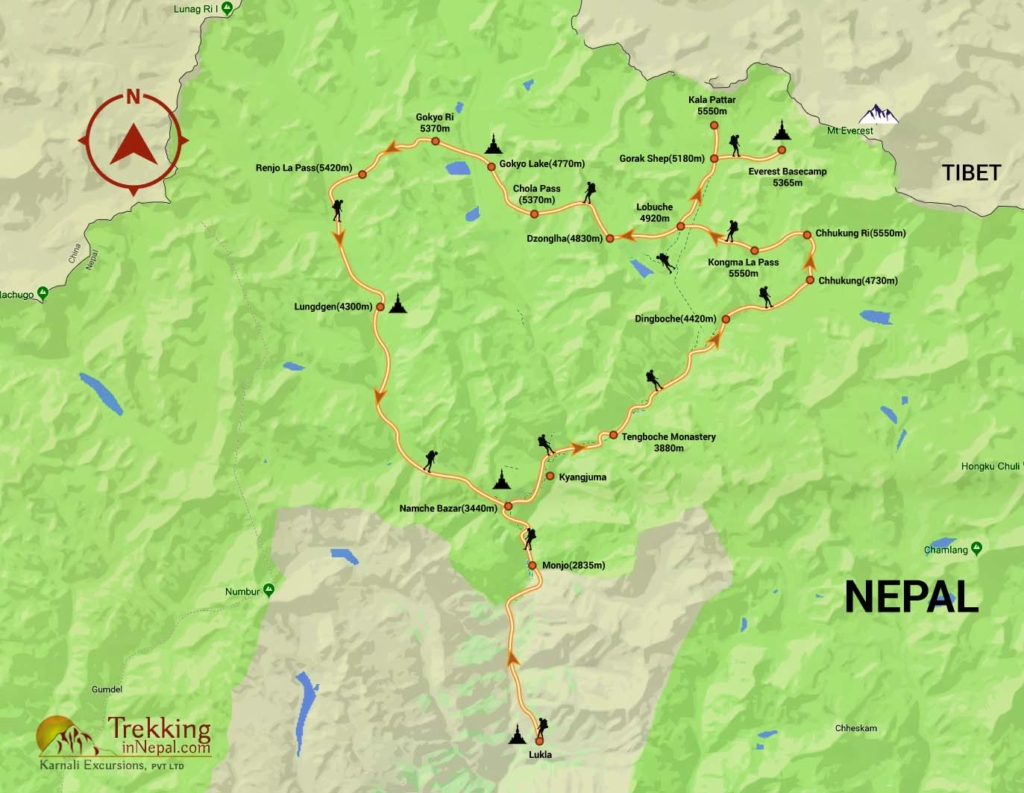
Inspire your friends and family members by sharing these amazing treks in the Himalaya.
